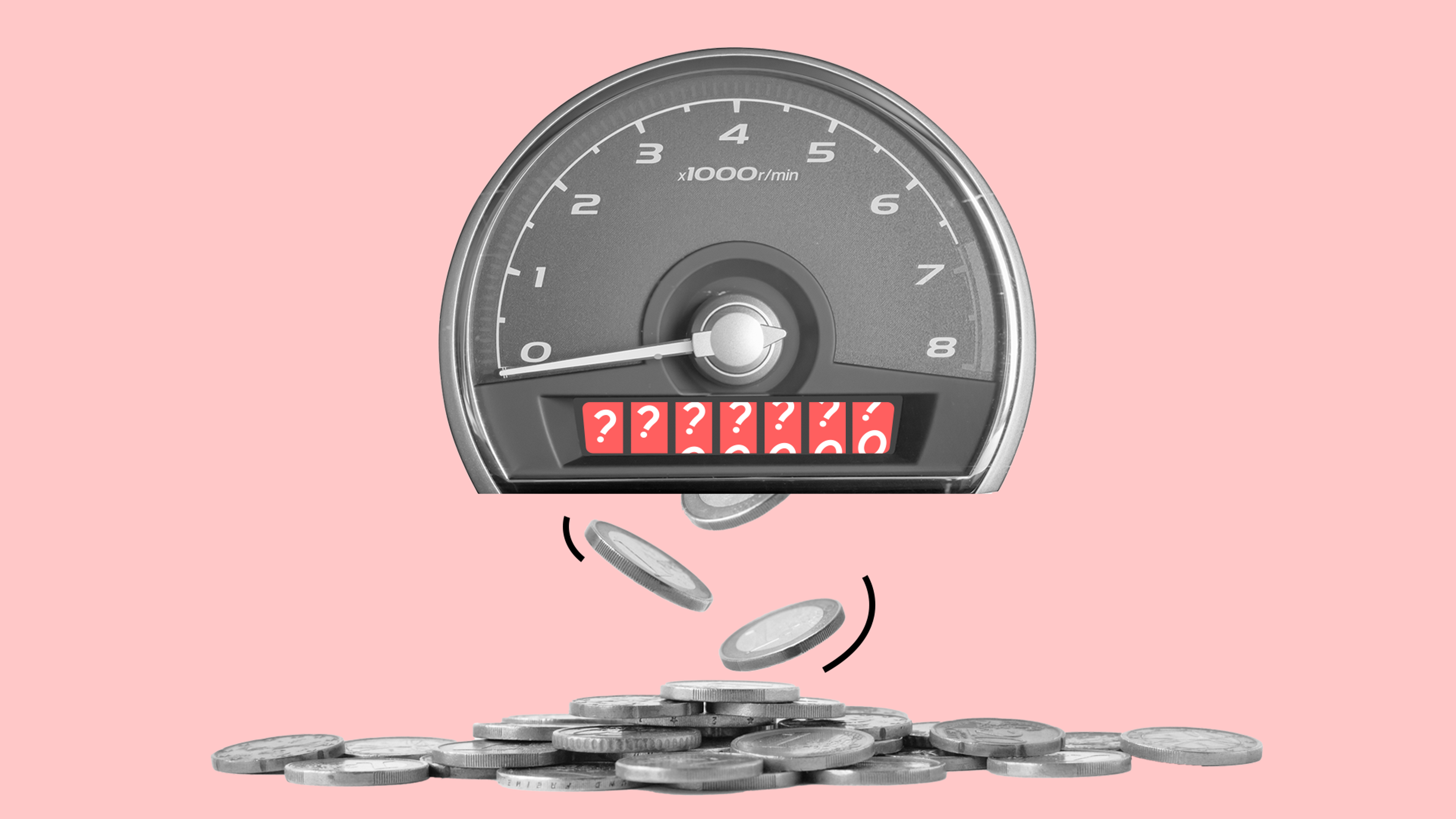11/06/2025
How fake mileage readings are costing Europe billions

When you think of odometer fraud, you might picture a dodgy seller shaving a few thousand kilometers off a car to make a quick buck. But the impact goes way beyond one unsuspecting buyer getting ripped off. In fact, mileage tampering is draining billions from Europe’s economy – every single year.
Back in 2018, the European Parliament estimated that the annual cost of odometer fraud in the EU could be anywhere from €1.31 billion to €8.77 billion. And spoiler alert: things haven’t exactly improved since then.
To dig deeper into this problem, our team at carVertical ran the numbers across multiple countries. Even when using a conservative approach, the data revealed a staggering truth – Europe is losing around €5.3 billion per year due to manipulated mileage alone. And that’s likely just the tip of the iceberg, since many cases go unnoticed.
Summary
- Research from 17 countries revealed that Europeans overpay an average of 26.3% for a vehicle.
- British buyers should be extremely cautious: they overpay an average of 48.8% for a used car – the worst result in the study.
- Mileage fraud in Western European countries costs the most: the UK, Germany, and France each lose over € 1 billion due to mileage fraud every year.
- Luxury car buyers lose more money when purchasing a clocked vehicle compared to an economy-class car.
The higher the car’s price, the bigger the potential loss
The study revealed that while odometer fraud is a widespread issue, its financial impact is greater in Western Europe compared to Eastern European countries.
Drivers in the UK overpay an average of 48.8% for a car, in France – 44.5%, and in Germany – 36%. Whereas in countries like Serbia and Ukraine, buyers overpay 6.6% and 6.5% on average, respectively.
If we consider all European countries in the study, buyers overpay an average of 26.3% when purchasing a used car.
For example, a car listed for €10,000 with falsified mileage might only be worth €7,400. That means the buyer overpays around €2,600. The higher the car’s price, the bigger the potential loss. Luxury car buyers could unknowingly overpay tens of thousands of euros.
It’s no secret that buyers prefer cars with lower mileage. Unfortunately, this makes them prime targets for fraud. When the mileage is rolled back, it creates the illusion of a better car condition than it really is.
Mileage fraud causes billions of euros in losses
Mileage fraud doesn’t just drain buyers’ wallets – it creates a ripple effect across entire economies. Governments lose billions in tax revenue, insurance payouts increase, and honest businesses struggle to compete with dishonest sellers, distorting the market.
By evaluating the number of cars checked by carVertical, their average market value, and the fraud rate in each country, our study estimates that the UK loses around €1.4 billion annually due to odometer tampering, France – €1.15 billion, Germany – €1.1 billion, Italy – €467,5 million, and Poland – €229,9 million.
While governments acknowledge the problem, specific initiatives to address it remain limited, meaning that buyers themselves need to take steps to ensure the vehicles they purchase have accurate mileage.
Mileage manipulation has far reaching-effects
You might think, “Sure, it’s shady – but is it really that serious?” Yes, it is. Mileage fraud doesn’t just cost one unlucky buyer – it has far-reaching effects on the entire market.
- Breach of consumer rights. Buyers are misled into paying more than a vehicle is actually worth, based on falsified mileage, violating their right to transparent and fair information.
- Reduced consumer confidence. As odometer fraud becomes more known, trust in the used car market declines. People become more hesitant to buy second-hand vehicles, failing to trust even the most transparent sellers.
- Higher maintenance and repair costs. When a car’s mileage is falsified, essential maintenance might be skipped unknowingly – such as timing belt replacements or brake checks – leading to unexpected breakdowns and expensive repairs later.
- Compromised road safety. Vehicles with rolled-back odometers may not receive timely servicing, making them more prone to mechanical failures. This increases the risk of accidents and puts all road users in danger.
The stakes are high when buying a used car, so it’s best not to trust your luck and employ a history report to reveal any mileage inconsistencies.
Why is mileage fraud still a thing?
You may wonder how it is possible that mileage fraud is still common and why governments don’t put an end to it. There are several reasons why the situation hasn’t improved much in recent years.
- Mileage records aren’t digitized. In some cases, vehicle mileage is still recorded manually during inspections or repairs and never entered into a central digital system. Without a digital trail, it becomes much harder to verify whether a car’s odometer has been tampered with.
- Countries don't exchange vehicle data. If a car is imported from another country, its mileage history often doesn’t follow along. Since many countries don’t share vehicle data across borders, fraudsters exploit this gap by rolling back the mileage before registering the car locally.
- Poor legislation and low fines. In some regions, even if someone is caught committing odometer fraud, the penalties are so minor that the risk is worth the reward. With low chances of getting caught and minimal consequences, there’s little to deter fraudsters.
- Hard to detect. Mileage tampering can be almost invisible – especially when done with modern diagnostic tools that manipulate digital odometers. Unless a buyer checks the car’s full history, there’s often no way to determine if the car has traveled more than advertised.
Fighting mileage fraud with a history report
Mileage fraud has played a major role in popularizing vehicle history report companies, as drivers increasingly seek tools to protect themselves from dishonest sellers. With odometer tampering still widespread and hard to detect, platforms like carVertical emerged to fill the trust gap in the used car market.
A vehicle history report can show exactly when and how much the mileage was adjusted. This helps the buyer decide whether to go ahead with the purchase or negotiate a better price. In many cases, if the mileage was falsified, the car may also have other hidden issues.
Sometimes mileage can be manipulated even more than once, but luckily, all these fraud attempts are usually caught in a history report.
Check your VIN
Avoid costly problems by checking a vehicle's history. Get a report instantly!
Methodology
The carVertical study analyzed data from vehicle history reports purchased by the company’s customers, the average price of used cars, the share of vehicles with falsified mileage, and the financial impact of odometer fraud across 17 European countries.
The percentage of odometer fraud impact was calculated by analyzing vehicle history reports purchased by the company’s customers in 2024 and by counting the value changes of used cars manufactured from 2005 to 2024 with and without odometer falsification.
